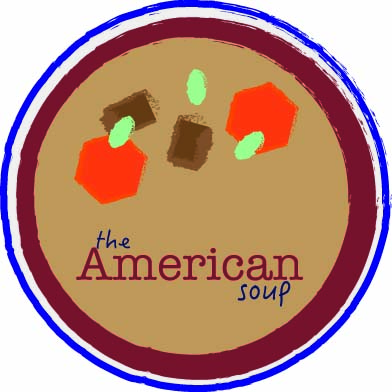The American Soup

September 22, 2016
Earlier this year, Vanessa Hudgens was criticized for an Instagram photo of her wearing a dream catcher in her hair. Taylor Swift has come under fire for use of twerking in her music video for “Shake it Off.” As part of the 2016 New York Fashion Week, designer Marc Jacobs was excoriated for his models’ fuax dreadlocks. For three different actions, they have all been accused of the same social error: cultural appropriation.
Cultural appropriation is the adoption of a culture or some element of that culture by members of another culture. Hudgens took on Native American culture with her hair piece, and Swift used black American culture with the dancing in her video. It goes beyond the world of stars, however: taco-themed college sorority parties have been shut down, and there is a growing train of thought that if you aren’t black, you shouldn’t wear dreadlocks, or if you aren’t Indian, you shouldn’t get a henna tattoo.
The reasoning behind the distinctions is honorable: we want to be sure that cultures treated with respect and not exploited. But where is the line?
One of the longest-standing metaphors for the American culture is the “melting pot.” Members of every culture join together and form a new one. America is different from other nations in this regard, demonstrated by the fact that it has no national language. While Germans speak German, the Greek speak Greek, and the French people speak French, we have no American language. Our founding documents were written in English because they were written by English immigrants, but part of the American experiment was creating a place where freedom-seekers of any nationality could find a home. Yet, while being able to keep their own ethnic identity, they learn to fit into the American laws and culture to a certain extent.
Yet the American culture, like its people, is a melting pot of diversity. In rural areas such as the Illinois Valley, cultural diversity is not as widely found as it is in areas like the inner city. In urban environments, where there are multiple cultures packed in a given neighborhood, sharing cultural elements is the norm. White kids on the south side of Chicago join the Mexican kids to play soccer in the parkway, get their hair braided in intricate patterns, take on some of their idioms, eat their unique chili-covered fruit-flavored candy, and squeeze limes onto their flaming hot Cheetos. They aren’t doing it because they are trying to take the culture over, but because they are accepting it as part of their own.
When Americans join together in the melting pot, they become ingredients to a whole. When we eat soup, we don’t eat just carrots or just chicken pieces, we eat the soup all together, where the flavors blend together. Americans are joined together, blending to create the American flavor. That doesn’t mean that carrots aren’t still carrots—that cultures have to give up their unique identifying characteristics—but that they interact with the other flavors, or cultures, in a mutually beneficial way.
“Culture appropriation” is uniquely American. It should be respectful, but also respected. It is part of our way of life; Americans share culture with each other.
Our special internationally-influenced, culturally-diverse, ethnically-dynamic soup is world-renowned. Let’s not abandon it. Let’s keep improving the recipe.



